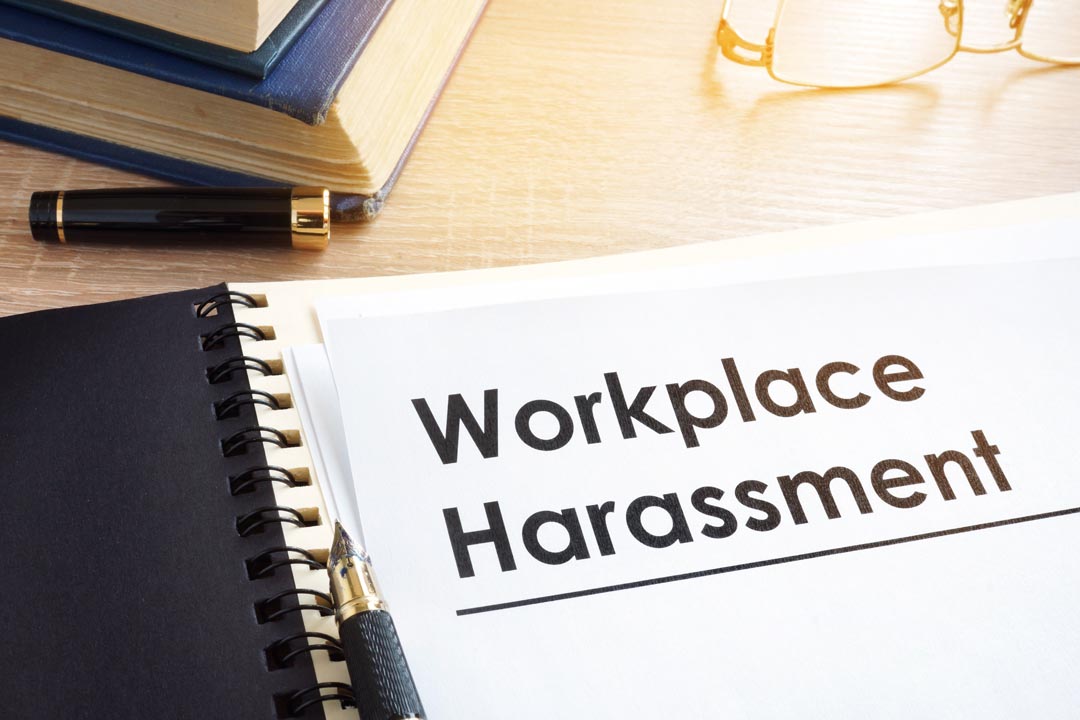David Buchanan and Steve Macaulay suggest the movies to watch and the questions to discuss
Organisation culture is a ‘soft’ issue for most managers – vague, and intangible. But dysfunctional cultures have disastrous consequences. How can we get this message across?
Films have learning advantages. The narratives are entertaining… and the events are often controversial
Conventional methods don’t overcome the ‘soft topic’ problem. Sessions with charismatic speakers, colourful PowerPoints, compelling evidence, and case studies are not convincing. Instead of useful debate, you get BOPSAT – a bunch of people sitting around talking. This is not going to translate into action.
Films and TV programmes have learning advantages. The narratives are graphic, entertaining and memorable. They put the viewer ‘in the room’. The action happens on neutral ground (another organisation). And the events are often provocative, controversial, and make uncomfortable viewing. They are also a good way to explore organisation culture.
The way we do things
The popular definition of culture is ‘the way we do things around here’. The way we do things does not occur naturally. Behaviour is influenced by a number of factors: business goals, history, nature of the work, technology, workforce composition, location. But the main driving force of organisation culture is the behaviour of the top team. It’s usually the way they do things that shapes the culture. Change what the top team says and does, and how everybody else does things will change.
Home viewing
These following media are available from streaming services. Copyright rules prevent their use in educational settings unless the institution has an appropriate license. If you have such arrangements, use these. However, these programmes can be viewed at home, in preparation for a subsequent facilitated discussion,
Deepwater Horizon (2016, Netflix) tells the story of the BP oil exploration platform in the Gulf of Mexico in 2010, when a blowout and fire killed 11 crew and injured 17 others. Around 230 million gallons of crude oil drifted towards the Louisiana coast, threatening wildlife, and fishing and tourism industries. The movie shows BP management more concerned with maintaining production than with safety. In one scene, a control room operator decides to seal the oil well which is fuelling the fire. Her colleague stops her because “We don’t have the authority.” Culture’s consequences: deaths, injuries, environmental damage.
Inside Job (2010, Amazon Prime) is a feature-length documentary which examines the global financial crisis of 2008. Deregulation had allowed the finance sector to take more risks. The story shows how stakeholder relationships, competing interests, and ‘information games’ contributed to the crash. The film concludes that the culture has not changed.
Culture’s consequences: global financial crisis, recession, job losses, government bailouts.
The Rise and Fall of Nokia (2018, YouTube) tells the history of the once-famous Finnish consumer electronics company. Nokia was a global leader in cell phone technology, but success led to complacency. Their pioneering spirit and visionary leadership faded, and management didn’t spot the threat from the Apple iPhone.
Culture’s consequences: loss of market leadership and reputation, redundancies, acquisition by Microsoft.
Downfall: The Case Against Boeing (2022, Netflix) explores how corporate culture contributed to the 737 Max aircraft crashes that killed 346 people. The company’s traditional culture emphasised engineering excellence and safety. But the top team moved from Seattle, where planes are made, to Chicago, 2,000 miles away. Top management no longer spoke to their engineers about design and manufacturing issues. Safety was compromised by a new culture that emphasised shareholder value, cost-effectiveness, and profit.
Culture’s consequences: deaths, damaged company reputation.
D.I.Ray (2022, itvX) is a police procedural in which the lead character is female, Detective Inspector Rachita Ray. Suspecting she is chosen to investigate the murder of a Muslim man because of her Indian heritage, she faces bias, and overt racism and sexism.
Culture’s consequences: prejudice, racism, sexism, microaggressions.
The Long Shadow (2023, itvX) is about the hunt for the so-called Yorkshire Ripper, who murdered 13 women in the 1970s. The police took five years to find the killer, despite interviewing him nine times. The detectives (white males) were misogynistic and racist. Evidence from female witnesses was ignored or dismissed as false. Vital clues were overlooked.
Culture’s consequences: more women murdered as police failed to identify the murderer.
How to change culture
The standard advice concerns identifying core values, analysing the existing culture, and revising HR policies concerning performance appraisal and pay to reinforce the new values. But this will fail if what senior executives say and do stays the same.
Let’s return to Boeing. The norms and values of engineering excellence and safety were embedded in the ‘old’ company culture. Designers, engineers and production staff didn’t suddenly become careless about quality and safety. They were told to cut costs and pick up the pace. The unspoken message was: stop making planes and start making money.
Culture may be ‘soft stuff’ but working with a dysfunctional culture is hard. In our experience, the culture that your organisation wants – the norms, values, and beliefs – are often in place already, but these get submerged by management decisions, actions, and priorities. To change the culture, change the narrative from the top.
Facilitator’s guidelines
- First choose your audience. For an organisation culture analysis, use a vertical slice with about a dozen participants.
- Choose a movie or TV programme that illustrates the behaviours on which you want to focus. Avoid examples set in your sector, as this can derail the discussion.
- Treat the movie or programme as a case study of organisation culture – where beliefs, norms, and values lead to inappropriate behaviours, and undesirable outcomes.
Set participants the following questions for home viewing:
- What are the symptoms of a dysfunctional culture in this organisation?
- How has the organisation developed this culture?
- What are the consequences of this culture?
- Do you see these symptoms and consequences in your own organisation?
- Does your organisation culture need to change? If so, how can you change it?
Incorporating movies into the learning process can make complex concepts more accessible and memorable. By exploring the themes and dynamics portrayed on the silver screen, your people can gain valuable insights into organisational culture. Now, where did we put that popcorn?
David Buchanan is Emeritus Professor of Organisational Behaviour at Cranfield University School of Management. He can be reached at: david.buchanan@cranfield.ac.uk
Steve Macaulay is an Associate at Cranfield Executive Development, Cranfield University. He can be reached at: s.macaulay@cranfield.ac.uk




